1. Types of measures
1.1. Clinical screening tests: reading comprehension, word recognition and numeracy
1.2. Proxy measures of health literacy using population literacy surveys
1.3. Direct survey measures a person’s ability to understand, access, appraise and use health information and health services
2. Specific objectives
2.1. Reorganization and classification of current fragmented eHealth practices
2.2. Architecture of learning modules to be adapted to different conditions and publics to improve citizens’ health literacy
2.3. HILDE conceptual Model of Digital Health Literacy eHealth as an official complement of traditional care
2.4. Subject of learning content in all different levels
3. General Objectives
3.1. Collaborative pedagogical online strategy
3.2. Open and replicable in different conditions to enhance Digital Health Literacy of European citizens
3.3. Digital Health Literacy of European citizens through eHealth deployment on health care, disease prevention and health promotion
4. Goals
4.1. Health related goals
4.1.1. Understand, interpret, and analyze health information
4.1.2. Apply health information over a variety of life events
4.1.3. Actively participate in encounters with health-care professionals
4.1.4. Understand and give consent
5. Skills
5.1. (Digital) Health literacy
5.1.1. Access or obtain information relevant to health
5.1.2. Understand information relevant to health
5.1.3. Appraise, judge or evaluate information relevant to health
5.1.4. Apply or use information relevant to health
5.1.5. Related collaborative competences
5.1.5.1. Access, evaluate and use information from selected resources (applications, repositories)
5.1.5.1.1. Access and use collaborative tools (wikis, blogs, upload videos to YouTube or similar)
5.1.5.1.2. Evaluate the origin and verifiability of proposed resources
5.1.5.1.3. Store information in an open and reusable format for subsequent recoveries
5.1.5.1.4. Frame questions on behaviours and attitudes on modern media use
5.1.5.2. Manage and control skills and knowledge
5.1.5.2.1. Manage resources and intellectual techniques
5.1.5.2.2. Use collaborative licensing tools (creative commons or similar)
5.1.5.3. Categorise a resource, information following a set of rules in collaborative, group environment
5.1.5.3.1. Use social bookmarking tools (Diigo or similar)
5.1.5.3.2. Is able to perform a targeted and narrowed down search
5.1.5.3.3. Categorise a resource, information following personal knowledge
5.1.5.4. Have positive interdependence (assuming its role, respects others)
5.1.5.4.1. Assume group responsibility on results
5.1.5.4.2. Assume personal responsibility on results
5.1.5.4.3. Argue the ideas, based on arguments not always evidenced
5.1.5.5. Think on group needs and prepare a space the details of a collaboration space
5.1.5.5.1. Write clearly simple texts in a variety of communication settings
5.1.5.5.2. Identify associative models, practices that lead to entrepreneurship
5.1.5.6. Propose collaborative tools to be used in an organisation
5.1.5.6.1. Propose community communication rules
5.1.5.6.2. Reach an agreement based on consensus
5.1.5.6.3. Distinguish common from public and private resources
